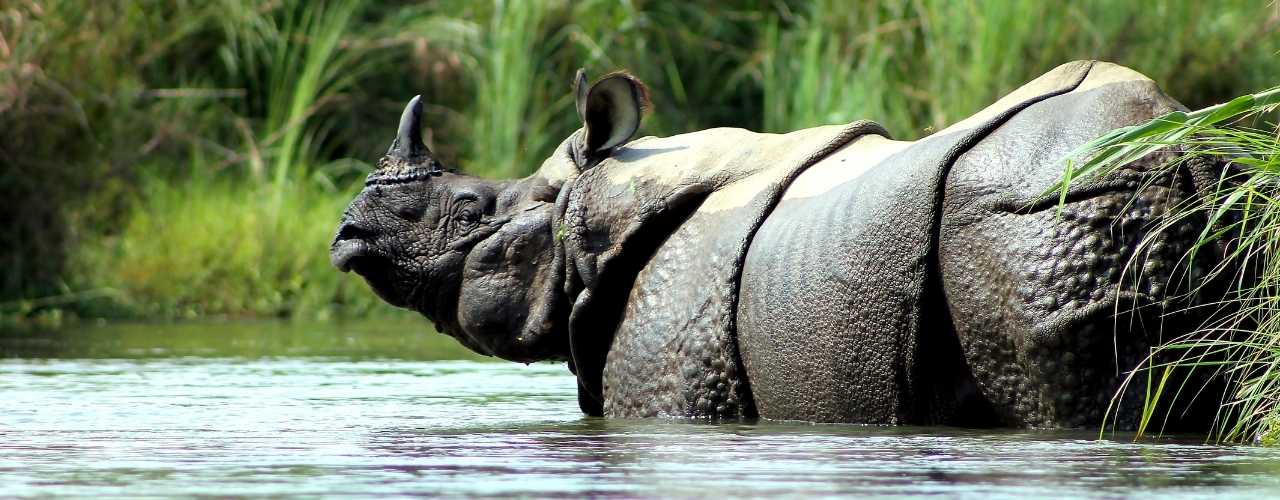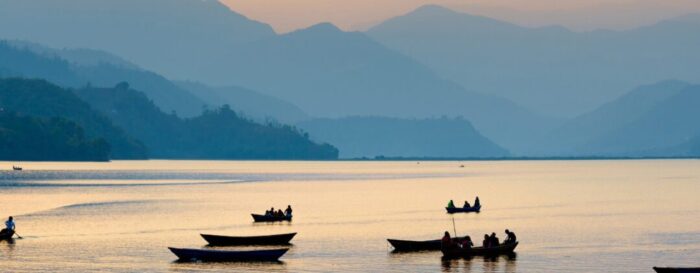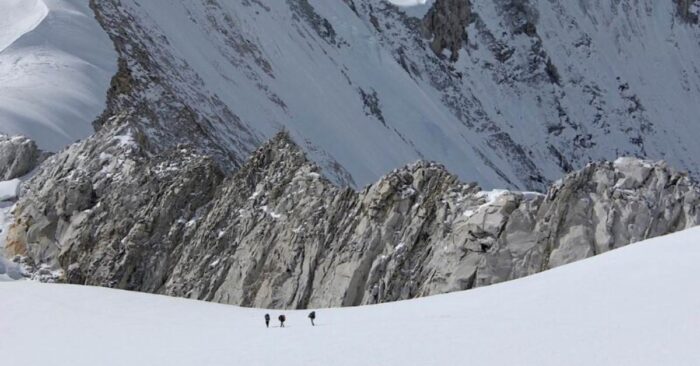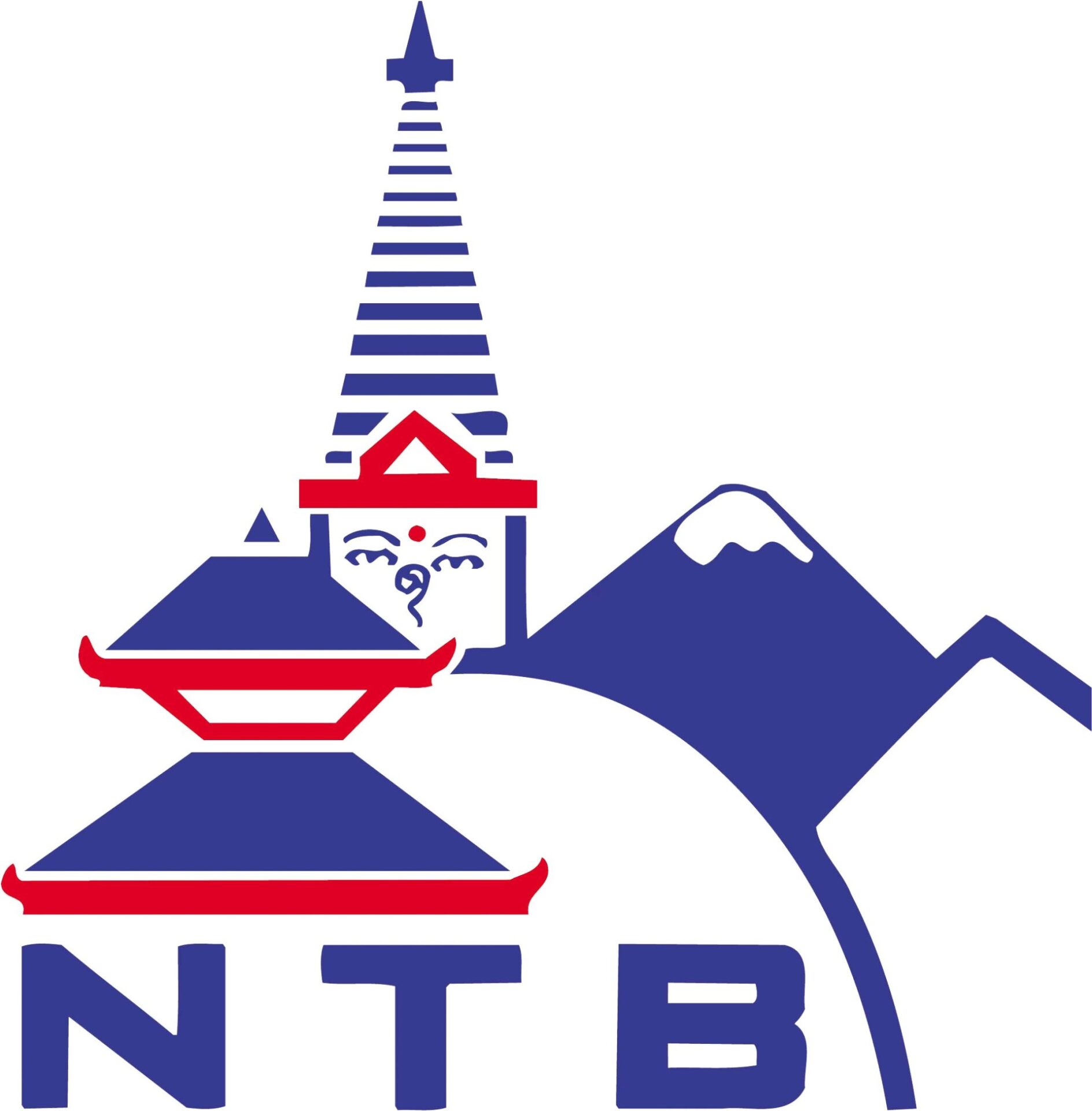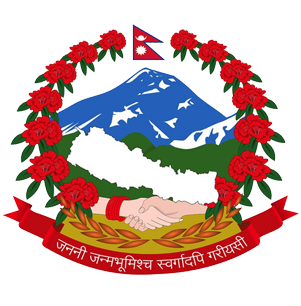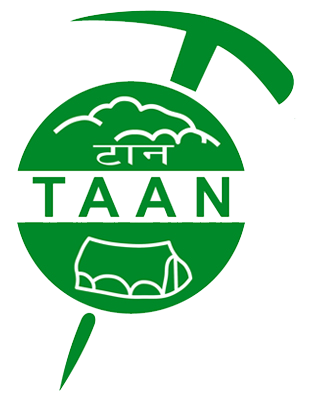Who are you—a nature lover, a wildlife enthusiast, or an adventure seeker?
I have a perfect destination for you to recommend if you are any or all of the above.
It is in the subtropical lowlands of southern Nepal, Chitwan National Park. It is a UNESCO World Heritage Site and one of Asia’s best national parks. It is renowned for being one of the last populations of single-horned Asiatic rhinoceros and one of the last refuges of the Bengal Tiger. I can assure you that you will have an unforgettable experience and witness the beauty of Nepal’s nature.
In this blog, let’s delve into the key highlights of Chitwan National Park.
Intro and Biodiversity
Chitwan National Park is the first national park in Nepal and was established in 1973 AD. It spans over 952.63 sq. km. of the southern central terai of Nepal. Grasslands cover 20% of the park. There are more than 50 types of grasses, including the elephant grass (Saccharum spp.), renowned for its immense height. It can grow up to 8 meters in height. The park is home to more than 50 mammal species and 55 amphibians and reptiles. The endangered fauna found in the park is the one-horned rhinoceros, Gaur. Royal Bengal tiger. Wild elephant, four-horned antelope, pangolin, golden monitor lizard, Python, etc. Bengal florican. Lesser florican, giant hornbill, black stork, white stork, etc. Additionally, the park is famous for having one of the highest concentrations of birds in the world (over 350 species), is recognized as one of the world’s biodiversity hotspots as designated by Conservation International, and falls among the WWF’s 200 global eco-regions.
Iconic Wildlife of Chitwan
The Bengal Tiger
Every wildlife enthusiast dreams of spotting the elusive Bengal Tiger in Chitwan National Park. It is one of the few places in the world where you can witness these majestic big cats in the wild.
One-Horned Rhinoceros
Chitwan National Park is popular for the preservation and population of the endangered one-horned rhinoceroses. You can see this magnificent animal grazing in the grasslands or wallowing in the wetlands of the park.
Asian Elephants
The only national park in the world where elephant polo is played. The National Park is a habitat for both domesticated and wild Asian elephants. Asian elephants are endangered, and there are only 255 to 265 wild elephants in Nepal (plus 150 domestic Asian elephants). The population in Chitwan is growing on its own through the park’s successful anti-poaching measures. You can spend your time at the Elephant Breeding Center and feed and play with the baby elephants too.
Exotic Birds
Chitwan National Park, with its lush jungle and flowing rivers, is a paradise for bird watchers. The park is home to 535 species of birds, and many migrate from Siberia during the summer. Beeshazari Lake is the ideal spot for bird watching as it draws a variety of bird species. The region is home to a variety of colourful birds, including woodpeckers, hornbills, Bengal floricans, and red-headed trogons.
Adventure Activities in Chitwan National Park
Jeep Safari
A jeep safari is one of the best ways to explore the vast expanses of Chitwan National Park. Take a guide with you, and there is a higher chance of encountering wildlife as you go deep into the jungle.
Canoeing on the Rapti River
Canoeing on the Rapti River is an exciting experience. The morning and evening are the ideal times for canoeing. You get to witness endangered gharials and crocodiles with open mouths. Aquatic birds and animals can also be seen on the banks of the river.
Jungle Walks
A guided jungle walk is the best way to immerse yourself and witness nature in Chitwan National Park. You can get insights into the local flora and fauna as you walk inside the dense forest, led by an experienced guide.
Elephant Bathing
The most loved and enjoyed activity by tourists in Chitwan National Park is elephant bathing. It is a fun way to interact with the elephant. These giants splash and play in the river. The experience will be fun and unforgettable.
Tips for Visiting Chitwan National Park
Best Time to Visit
Terai gets very hot during the summer. The ideal time to visit Chitwan is from October to March. The weather gets pleasant, and there will be numerous sightings of animals with high frequency.
Guided Tours
The local guides are experienced and knowledgeable about the national park and wildlife. They will give you insightful pieces of information, will help you spot elusive animals, and will also keep you safe from the wild. The guided tours will surely enhance your experience.
Accommodation
There are a wide range of accommodations, from luxury hotels to community homestays. They are located near the national park entrance. You can choose as per your preference and budget.
Respect Wildlife
Always maintain a safe distance from the wild. You must follow the rules and regulations mentioned by the national park. And you should be a responsible visitor, as you are only a guest in their home.
What to pack
Wear comfortable clothes and shoes. Bring binoculars, torch lights, and a camera to capture the beautiful scenery and wildlife. And never forget your presence of mind.
Chitwan National Park is the perfect blend of wildlife and adventure activities, as it is a true gem of Nepal. Chitwan promises you an experience like no other, whatever you are doing—tracking Bengal tigers, bird watching, or canoeing. You can also simply enjoy the beauty of nature and spend your time as you like with the perfect sunset from the bank of the Rapti River.
Plan your tour with Trekker Trails to ensure an unforgettable experience in one of Nepal’s iconic destinations.

